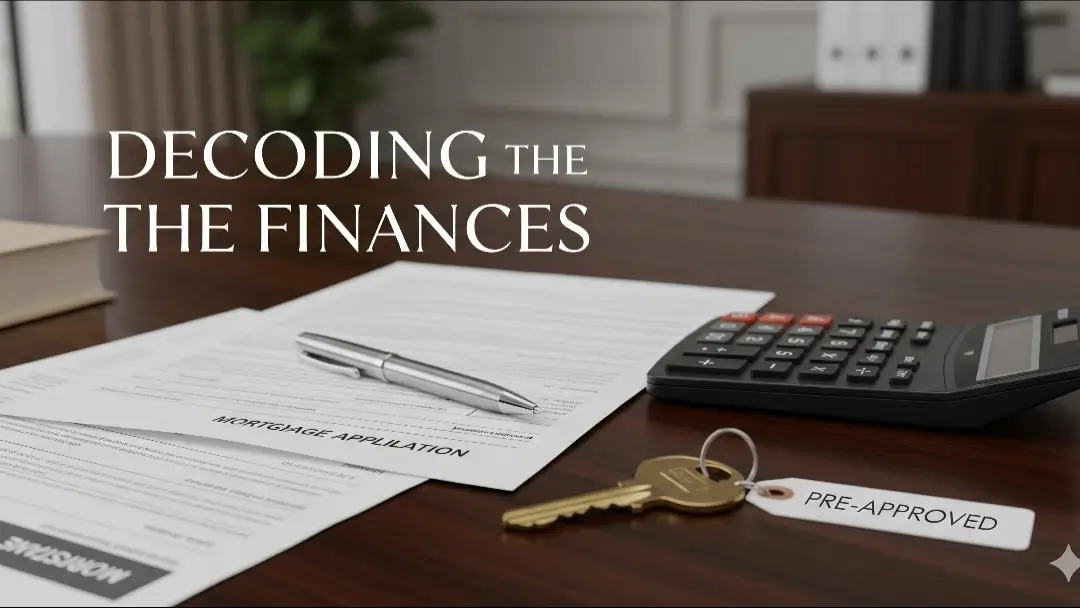For most real estate investors, the property is only half of the equation. The other, more intimidating half, is the financing. Understanding mortgages, interest rates, and how to get approved can feel like learning a new language.
This guide will decode that language. We'll demystify the financing process, giving you the clarity and confidence to secure the funding you need to build your real estate empire.

Speak the Language: Key Real Estate Financing Terms
- LTV (Loan-to-Value): The percentage of the property's price that the lender is willing to finance. If a property is $100,000 and the lender's LTV is 80%, they will lend you $80,000.
- DTI (Debt-to-Income): The percentage of your gross monthly income that goes toward paying your monthly debt payments. Lenders use this to measure your ability to manage payments.
- Fixed-Rate vs. ARM: A Fixed-Rate mortgage has an interest rate that stays the same for the entire loan term. An Adjustable-Rate Mortgage (ARM) has a rate that can change over time.
The 4-Step Financing Blueprint for Your Investment Property
Securing a loan for an investment property follows a clear path. Here’s your step-by-step blueprint:
Step 1: Check Your Vitals (Credit & DTI)
Before you talk to any lender, you need to know where you stand. Pull your credit report and check your score. For investment properties, most lenders want to see a score of **740 or higher** for the best rates. Then, calculate your DTI ratio. A lower DTI (ideally under 43%) shows lenders you are a low-risk borrower.
Step 2: Get Pre-Approved (Your Golden Ticket)
A pre-approval is a letter from a lender stating they are tentatively willing to lend you a specific amount of money. This is not the same as a pre-qualification, which is just a rough estimate.
This is The Most Crucial Step
Do not start looking for properties without a pre-approval letter. It is your single most powerful negotiation tool. It proves to sellers that you are a serious buyer who can close the deal, making your offer far more attractive than others.
Step 3: Compare Lenders & Loan Products for Investment Property
Don't just go to your personal bank. Shop around! Get quotes from at least three different lenders, including national banks, local credit unions, and mortgage brokers. Compare not only the interest rates but also the lender fees (origination fees, closing costs, etc.). A quarter-point difference in the interest rate can save you tens of thousands of dollars over the life of the loan.
Step 4: The Underwriting and Closing Process
Once your offer on a property is accepted, you'll officially apply for the loan. The lender's underwriting department will verify all your financial documents—pay stubs, tax returns, bank statements—and get an official appraisal of the property. This process can take 30-45 days. Once everything is approved, you will go to "closing," sign the final documents, and get the keys.
Final Word
Financing can seem daunting, but it's a learnable skill. By understanding the key terms and following this blueprint, you transform from a hopeful buyer into a qualified, confident investor ready to make a deal.